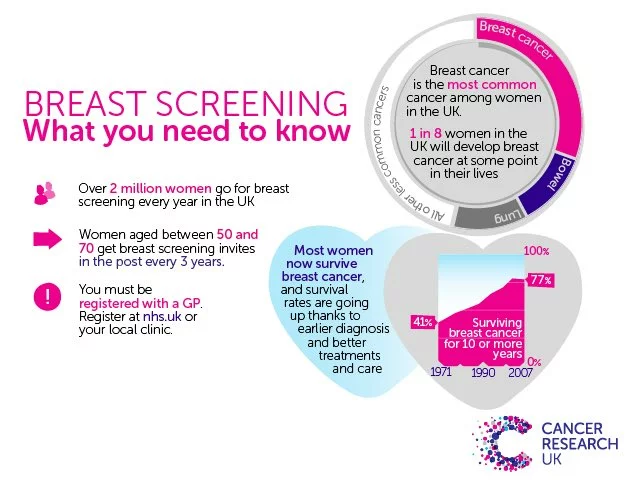Tracking your meds, orders, and symptoms without the stress
Lost packages, missed refills, or unclear side effects can mess with your health and your day. Tracking fixes most of that. Here are clear, usable steps to follow when you buy meds online, manage prescriptions, or want to log how a drug affects you.
Track shipments and online orders
When you order medicine, the first line of defense is the confirmation email. Save it. That email should include a tracking number and the carrier name. Put the tracking number into the carrier’s site (USPS, UPS, DHL, FedEx) or the online pharmacy's tracking widget. If the status reads "in transit" for days, check for customs holds on international orders—Canadian and international pharmacies often clear packages there.
If tracking stops updating, contact the pharmacy right away. Ask for a proof of dispatch, a delivery window, and whether they can send a replacement or refund. Take screenshots of the tracking page and keep all emails. If the carrier shows "delivered" but you didn't get it, check with neighbors and ask the carrier for GPS proof or delivery photo.
Want fewer headaches? Choose pharmacies that offer signature-on-delivery for pricey meds, or use an address where someone is usually home. Consider delivery alerts on your phone so you can meet the driver. For recurring meds, set reorder reminders at least a week before you run out.
Track prescriptions, refills, and side effects
Use your pharmacy account or app to watch refill dates, active prescriptions, and insurance claims. Most pharmacy portals show next refill dates and let you request refills with one click. If your pharmacy doesn’t offer an app, set a calendar reminder or use a simple to-do app for refill dates.
Tracking how a medication affects you matters as much as tracking the package. Keep a short log: date, dose, time taken, and any new symptom or side effect. A few lines in your phone notes or a simple symptom tracker app will do. If you notice serious side effects—sudden breathing trouble, chest pain, severe rash—stop the drug and contact emergency services or your prescriber immediately.
Share your tracker notes with your doctor at follow-ups. Concrete details (how many days until relief, what symptoms changed) help clinicians make better decisions than vague complaints do.
Extra tips: compare prices and delivery options before you order (GoodRx, BuzzRx, and other services can cut costs), verify the pharmacy’s contact info and reviews before buying, and read the return and privacy policy so you know how your data and packages are handled. Tracking keeps you in control—use it to avoid surprises and keep your treatment on track.

As a woman, understanding our bodies is essential, and one key aspect to consider is the relationship between ovulation and cervical mucus. I've recently discovered that by tracking the changes in cervical mucus, we can actually determine when we're most fertile. So, let's pay attention to the texture and consistency of our cervical mucus, as it can give us valuable insights into our ovulation cycle. By doing so, we can improve our chances of conceiving or avoid unintended pregnancies. Remember, knowledge is power, so let's keep learning and understanding our bodies better!
Continue Reading





